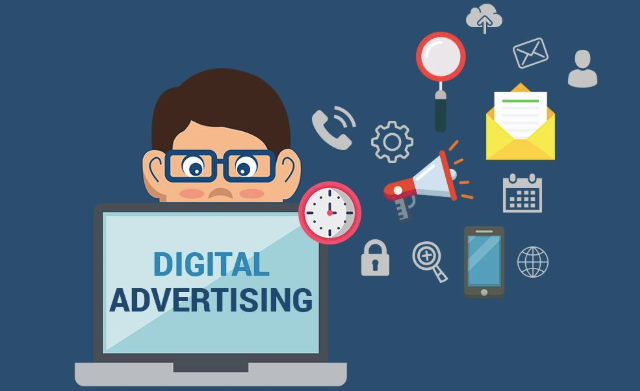-
Новости
- ИССЛЕДОВАТЬ
-
Страницы
-
Группы
-
Мероприятия
-
Reels
-
Статьи пользователей
-
Форумы
-
Кинозал
-
Игры
Worldwide Digital Advertising Market Growth, Drivers & Trends | 2035

The structure of the global advertising industry is being continuously redefined by a steady stream of strategic Digital Advertising Market Mergers & Acquisitions, which serve as a primary tool for companies to gain a competitive edge, enter new markets, and adapt to technological disruption. In this fast-paced environment, M&A is often a faster and more effective path to acquiring new capabilities than slow and uncertain organic development. The motivations behind these transactions are diverse, but they generally fall into three main categories: acquiring technology, gaining access to new markets or formats, and acquiring talent. Technology-driven acquisitions are common, with larger companies buying startups that have developed innovative solutions in high-growth areas like artificial intelligence for campaign optimization, privacy-enhancing technologies, or advanced measurement and attribution modeling. These deals allow the acquirer to instantly integrate cutting-edge tech into their platform, leapfrogging competitors.
Market access is another key driver of M&A. This is particularly evident in the race to capture the rapidly growing Connected TV (CTV) and retail media markets. An ad-tech company with a strong position in desktop and mobile advertising might acquire a specialized CTV ad platform to gain immediate access to its publisher relationships and technology stack. Similarly, major technology companies are acquiring ad-tech firms to bolster their own advertising ambitions. A landmark example is Microsoft's acquisition of Xandr from AT&T. This move provided Microsoft with a sophisticated, end-to-end advertising platform, including a DSP and an SSP, which it is now integrating with its own assets like Bing, Microsoft Start, and the recently acquired gaming giant Activision Blizzard. This kind of transformative acquisition is not just about adding a new product; it is a strategic play to build a new pillar of growth for the entire corporation and to challenge the dominance of the existing market leaders.
A less visible but equally important motivation for M&A is the "acqui-hire"—the acquisition of a company primarily for its team of talented engineers, data scientists, and product managers. In an industry where there is a severe shortage of specialized talent, buying a team that has proven it can work together effectively can be more valuable than the technology they have built. This is particularly true in highly specialized fields like AI and privacy engineering. Private equity also plays a significant role in the M&A landscape, often executing a "roll-up" strategy by acquiring multiple smaller ad-tech companies and combining them into a single, larger entity that has greater scale and is more attractive for a future sale or IPO. These varied M&A activities ensure that the competitive landscape is in a constant state of flux, as companies use transactions to pivot their strategies, shore up their weaknesses, and position themselves for the next wave of growth. The Digital Advertising Market size is projected to grow to USD 800.29 Billion by 2035, exhibiting a CAGR of 7.03% during the forecast period 2025-2035.
Top Trending Reports -
- Art
- Causes
- Crafts
- Dance
- Drinks
- Film
- Fitness
- Food
- Игры
- Gardening
- Health
- Главная
- Literature
- Music
- Networking
- Другое
- Party
- Religion
- Shopping
- Sports
- Theater
- Wellness
